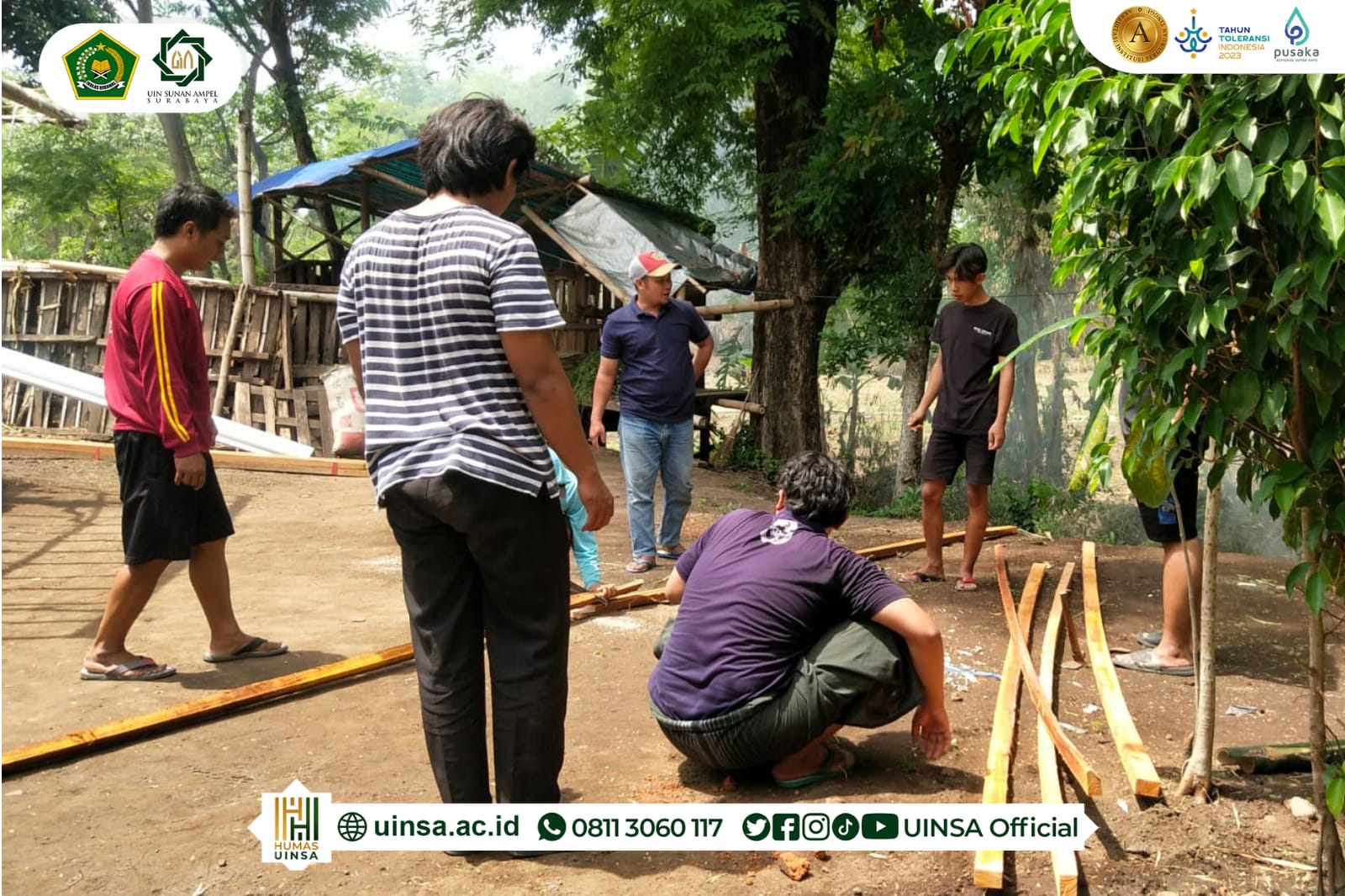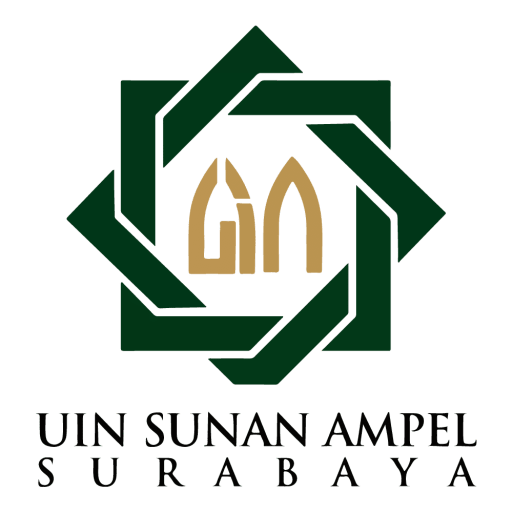FEBI UINSA WASTE BANK HOLDS COMMUNITY SERVICE IN ADOPTED VILLAGE IN PASURUAN
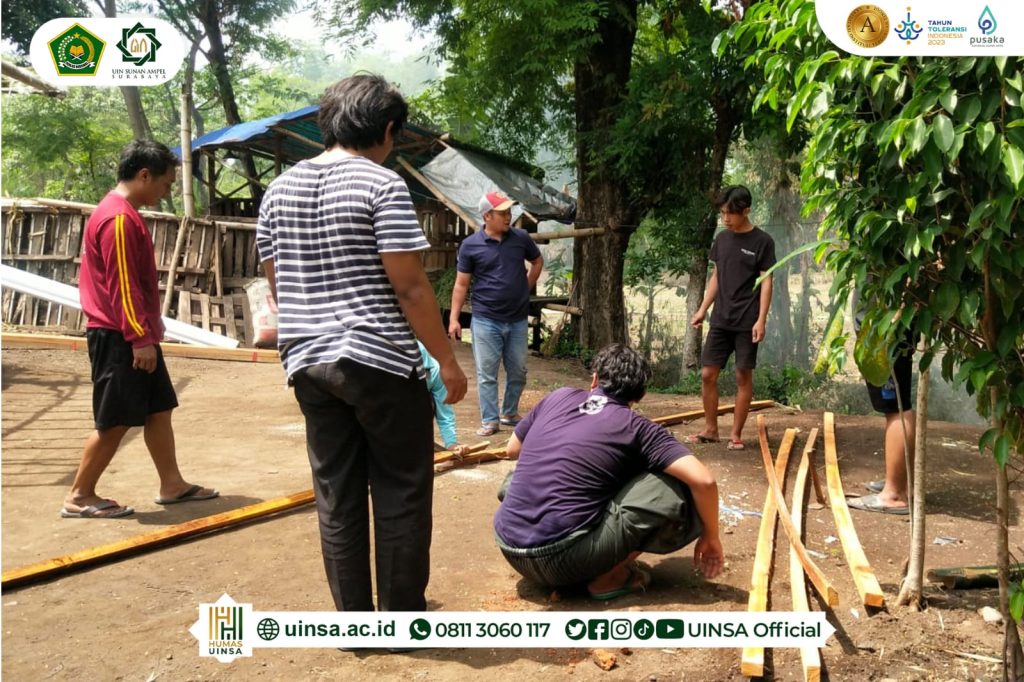
UINSA Newsroom, Monday (12/04/2023); From November 30 to December 3, 2023, a community service program was conducted in the adopted village of Ambal Ambil, Kejayan Subdistrict, Pasuruan Regency. This initiative was organized by the Islamic Economics and Business Faculty (FEBI) Sharia Waste Bank at UIN Sunan Ampel (UINSA) Surabaya.
The community service in the adopted village took place continuously over a span of 6 weeks, with separate activities. In the first week, the community service began with a socialization event on the types and management of waste on December 1-2, 2023. Present at this socialization were the Head of the FEBI UINSA Laboratory, Ajeng Tita Nawangsari, S.E., M.A., Ak, and the Chief Executive Officer of the Sharia Waste Bank, Eka Nur Wahyu Safitri Ramadhani, who served as speakers.
In the initial week, the Sharia waste bank, along with the youth communities GIAT and Sarinah in Ambal Ambil Village, collaborated on distributing waste containers and passbooks. This was followed by the construction of a central waste bin on December 3, 2023, serving as the final and sorted waste storage location.
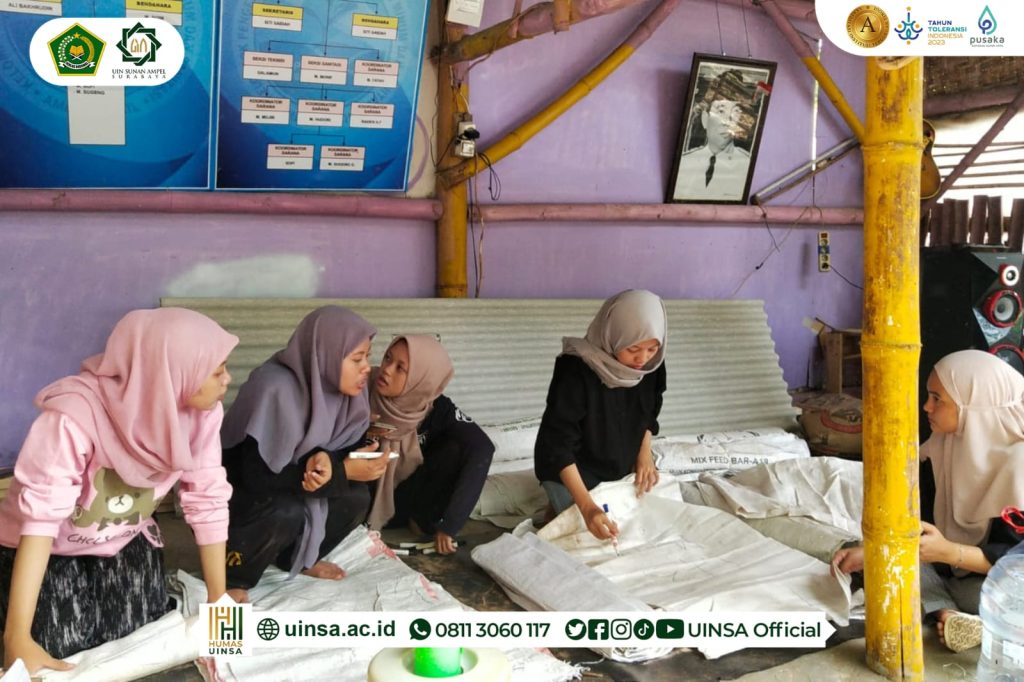
“It is hoped that through this activity, the local community can understand various types of waste and benefit from managing waste, thus stimulating the economy through the utilization of waste materials,” explained Ajeng.
For information, geographically, Ambal Ambil Village covers an area of 938,215 hectares, bordered by Linggo Village to the north, Kedemungan Village to the south, Wrati Village to the west, and Klangrong Village to the east, all within the Kejayan Subdistrict of Pasuruan Regency. The village is divided into four hamlets: Krajan, consisting of 3 RW and 9 RT; Wragang, consisting of 1 RW and 2 RT; Rawi Timur, consisting of 1 RW and 3 RT; and Rawi Barat, consisting of 2 RW and 6 RT.
Demographically, Ambal Ambil Village is characterized by hilly and terraced natural conditions. Land use in the village includes paddy fields covering 374,053 hectares, dry land covering 24,662 hectares, vegetable gardens covering 128,585 hectares, rain-fed areas covering 27,576 hectares, graves covering 1.5 hectares, and technical irrigation covering 217,892 hectares. The village has a population of 4,456 people, consisting of 2,034 males and 2,422 females.
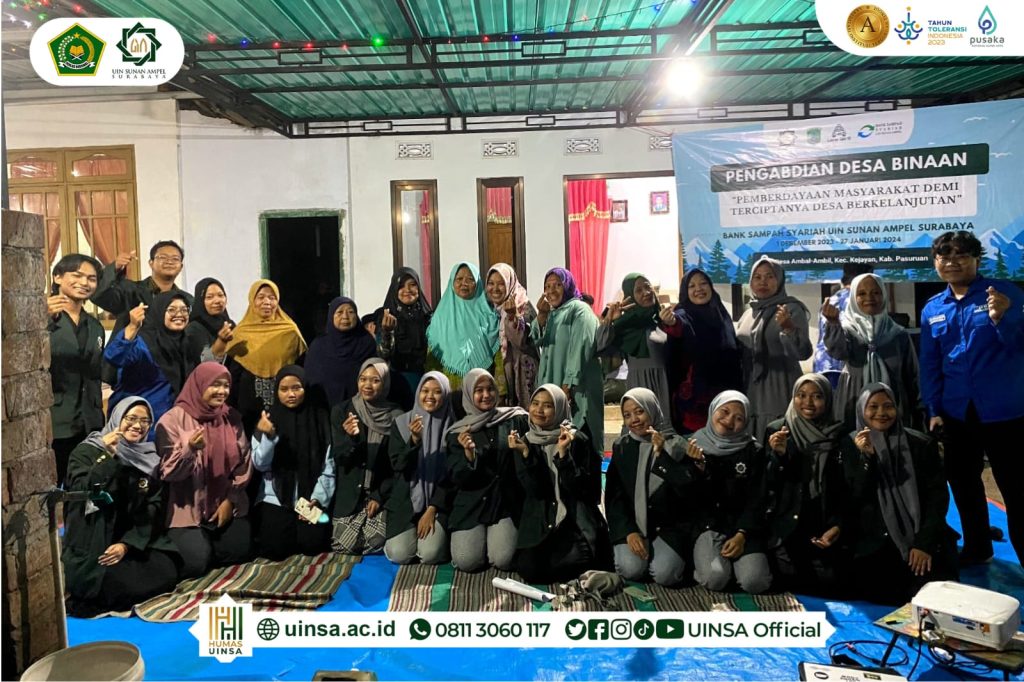
Editor: Nur Hayati
Photo Design: Rian
